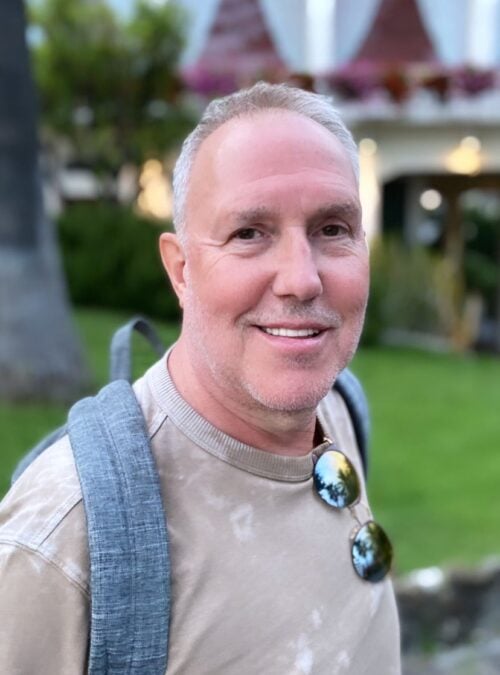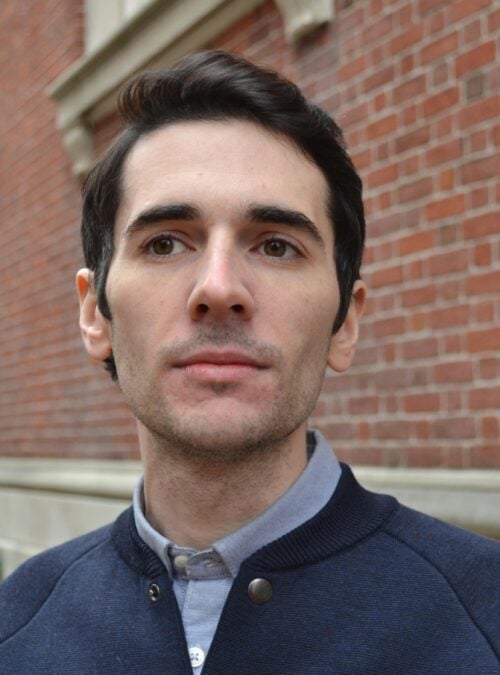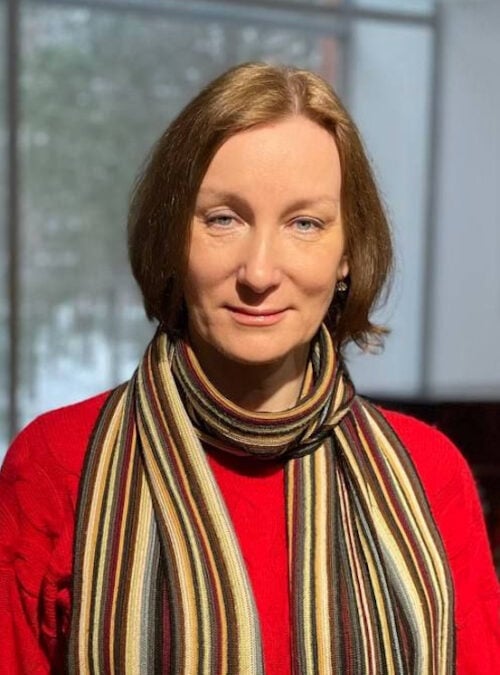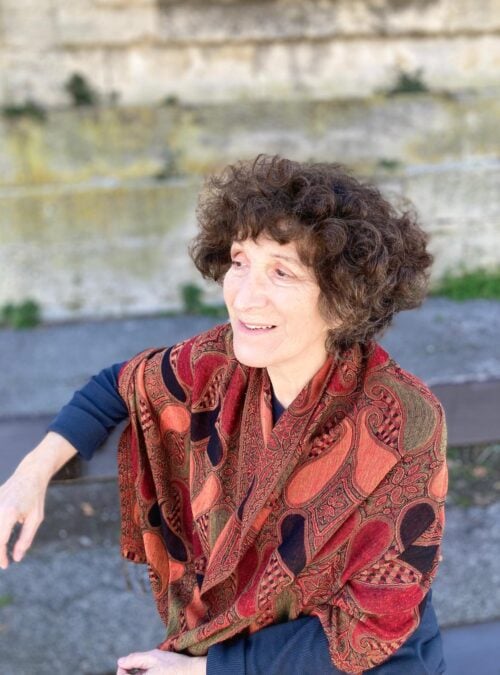Translation is a craft. Translating the humanities (but not only).
Interview with Marilène Raiola
Author: Thea Rimini, University of Mons
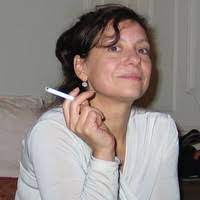
As one of the most prominent translators of Italian contemporary philosophers and medieval mystics (including Saint Catherine of Siena), Marilène Raiola has made the translation of scholarly texts in the humanities her area of expertise, and managed to combine her passion for philosophy with her taste for the transmission of knowledge.
You now have a well-established reputation in what could be called “scholarly” translation. Can you tell us how your career as a ‘specialist’ began?
I studied philosophy, a discipline for which I felt a real passion. I felt a vocation for teaching, and dreamed of becoming a philosophy teacher. I was studying for the agrégation when personal circumstances led me to leave France to move to Canada. For eight years, I didn’t teach philosophy, but rather French to English-speaking students in a small village in Ontario. During these years of “exile”, a long way from France, Italy, and philosophy, I never stopped hoping that one day I would be able to work in a profession that was more in keeping with my training.
Though I am bilingual – my father was Italian – I thought for a long time that I had definitively put aside my ‘Italianness’ – but it curiously resurfaced during my stay in Canada, where I often felt more Italian than French, as if my roots called out to me all the more loudly the further away I moved from them. It was in this context that the idea of becoming an Italian translator began to take hold of me. With no experience, no connections, no contacts with the publishing world, I knew that getting my first translation contract would not be easy. I had the thought to send a fully completed translation to French publishers, to provide evidence of my skills. So, a year before I left Canada for good, I spent several months translating Icone della legge (Icons of the Law), an essay by Italian philosopher Massimo Cacciari, which had not yet been translated in France.
Why did you choose to translate this book and this author?
I was struck by the author’s rich culture, his originality, his way of bringing together different disciplines to tackle a topic, his use of language – his works are punctuated with Greek and Latin terms –, which is sometimes poetic and allusive, and at times very abstract and conceptual, in contrast with the academic style of the philosophical works I had read in French until then. So I thought it would be interesting to introduce this way of theoretical writing to a French audience.
Did you manage to get this book published?
Yes, thanks to a series of fortunate coincidences. When I moved back to Paris, with my translation completed, I discovered that Le Magazine Littéraire had just published a special issue on Italian philosophers, devoting its central double page to Massimo Cacciari, who was introduced as one of the most interesting Italian philosophers of his generation. But that’s not all. The first publisher to whom I sent my translation, Christian Bourgois, welcomed my offer all the more favourably as he had just bought the rights to the L’Angelo necessario (The Necessary Angel), Massimo Cacciari’s latest work. In short, in the space of a few months, I had signed two contracts, with one of the most prestigious publishers in Paris. At the time, Mr. Cacciari was not yet the mayor of Venice, he was lecturing in Aesthetics at the Venice Institute of Architecture and, as the Internet did not yet exist back then, I didn’t know much about him. I didn’t know that he was a ‘star’ in Italy, respected by Italian intellectuals for his charisma, his encyclopaedic culture, and his knowledge of mythology and religions. Thus, after I became his official translator, many French publishers and Italian authors requested my services, thinking that I had to be particularly gifted to have been able to tackle a philosopher who was seen so difficult to grasp, even ‘obscure’. I also benefited from the exposure I was given by Cacciari himself who never missed an opportunity to praise my qualities before his peers, who in turn came to me to translate a book or an article for them (in those years magazines were all the rage, and from 1989 to 2000, I translated more than fifty scholarly articles). In short, I was very lucky. I have a lot more similar stories, which all show that a successful career is often also a matter of chance meetings and luck.
How did you come to translate Catherine of Siena (Les Lettres, Paris, Les Éditions du Cerf, 2012)?
The former director of Editions du Cerf, the Dominican friar Éric de Clermont-Tonnerre, a specialist in Catherine of Siena, had heard of my translations of Giorgio Agamben and, seeing as Catherine of Siena was a particularly “conjectural” mystic, asked me to translate her correspondence, a long-term project: Seven volumes, three thousand pages in all. Catherine of Siena was actually the first woman to be named “Doctor of the Church”, a title that demonstrates the consequence of her writings and of her very convoluted and rigorous thought. It was therefore essential to try to render as closely as possible not just the beauty of her language, but also the lines of reasoning she followed and expounded upon. Moreover, in her texts, logical connectors abound, and one of the difficulties consisted precisely in trying to eliminate as many of these connectors as possible in French, while still rendering the logical progress of her reasoning. This translation, which I knew would be important for the Dominican community, taught me a lot; entering the cerebral universe of a Saint was an exciting experience.
However, you translate more than just philosophy or non-fiction…
I actually started translating novels in the 2000s. I would never have dared to do it before. The ‘creative’ dimension of literary translation scared me. But after fifteen years of translating scholarly texts, I finally allowed myself to take the plunge: deep down, the language of the Italian philosophers I had translated up to that point was also often ‘poetic’ and ‘literary’.
In your opinion, what is the difference between translating a scholarly text in the humanities and a work of literature?
Translating essays or books on philosophy requires a lot of reading and documentation. For example, when I translated Enrico Malato’s Dante (Dante, Les Belles Lettres, 2017), I had to read many commentators in order to stay as close as possible to the terminology used by Dante scholars in France and account for the philosophical debates concerning specific passages of the Divine Comedy. Whether it is a literary or a specialised translation, the issue is one and the same: faithfulness to the text, to the author’s voice. However, I believe that one of the most important requirements, which is not always sufficiently taken into account when starting out in this profession, is the understandability of content. When translating a scholarly text, you have to constantly ask yourself whether what you have just translated is clear, understandable to a French reader, or whether a particularly convoluted or obscure sentence could be made simpler or clearer. Sometimes you have to dare to deviate considerably from the original text, possibly with the author’s consent. What I am saying may seem obvious, but ‘daring’ to depart from the text requires a certain level of self-confidence, a great deal of experience, and a perfect mastery of the topics dealt with in the work being translated. It is a requirement which, I believe, is acquired first and foremost through the suggestions and remarks proof-readers or editors regularly give us.
Do you usually talk to authors about the difficulties you encounter when translating their texts?
Yes, of course I do. I have always worked closely with authors. I know how important their work is to them, how much time they have spent on it, and I try to live up to their trust by being as scrupulous as possible, submitting to them every sentence or passages that ‘resist’ translation. But one of the most surprising aspects of my exchanges with authors is that I rarely ask them to enlighten me on a passage that deals with an excessively complex or technical topic. In general, my knowledge and research work are enough to fully understand any issue (which explains why I have been able to translate musicology, psychology and scientific texts). Most of the time, however, I ask them for to offer assistance on sentences that are ambiguous, confusing, and thus hard to understand. I should add that the original version of the text may sometimes suffer from a lack of ‘editorial care’, which makes the translator’s task much more difficult, although his or her work is usually carefully read by the editorial team in charge of publication.
Let’s go back to literary translation for a moment…
Most students of the humanities in my generation had a passion for theory and abstraction. We tended to favour ‘content’ over ‘form’, to pit literature against philosophy, even though the thinkers who fascinated us, such as Gilles Deleuze, Jacques Derrida, Michel Foucault or Michel Serre, attempted to create a bridge between these two disciplines. I admit that I nurtured this kind of bias for a long time, but luckily I have since radically changed my mind. I find literary translation to be a very invigorating and stimulating exercise; I believe it calls upon other areas of the brain to those activated by the translation of scholarly litearture. In fact, when you translate a novel, you often have to imagine scenes, or put yourself in the shoes of characters, whereas translating a scholarly text forces you to a constant exercise of abstraction, which, in the long run proves exhausting.
Even in literary translation, I sometimes like to take risks and present authors who are unknown in France. In recent years, I have submitted to Editions de la Martinière a very original allegorical story by Paola Masino: Nascita e morte della massaia (Birth and Death of the Home Fairy, 1938-1939) and I am working on a second book by the same author (Album dei vestiti). Paola Masino was Massimo Bontempelli’s life partner, and an avant-garde intellectual; she has a very modern, explosive style, her stories deal with the madness that can take hold of a woman who is forced to be a house wife. A theme and style that led to the censorship of her ‘Home Fairy’ during the Fascist era. As this book shows, I like texts that are innovative, surprising from the view point of form, books that venture off the beaten track, which is probably connected to my early philosophical training.
Do you ever regret not having been a philosophy teacher?
No, not really. Translation is another way of transmitting knowledge and ideas, and in the course of my career as a translator, I changed a lot. I have become protective of my solitude and have an increasing thirst for knowledge. The knowledge I access through translation is sometimes very subtle, difficult to communicate, it touches a very personal sphere. I believe that translating allows me to better understand my limits, the limits of my cultural universe, and go beyond them, by giving me the possibility to discover unsuspected skills. When I translate a book of scholarly literature I access meaning through the adjustments entailed by working on language and, through these adjustments, through this work, I no longer limit myself to storing knowledge, I ‘incorporate’ it, I am, so to speak, modelled, transformed by it.
In addition to your work as a translator, you have taught at the Centre européen de traduction littéraire (CETL). Do you think that translation can be taught?
I really enjoyed teaching at CETL. I ran translation workshops there. As a tutor, my task was to send two or three sheets of the original version of a book I translated to a small group of aspiring translators, so that they can in turn translate it at home. During the workshop, I would invite students to read their translation, explain to them their mistakes and providing reasons for my translation choices. I think that these workshops are very formative for students and particularly gratifying for the tutor-professional translator, who, engaging with beginners, becomes aware that he or she possess real know-how, acquired laboriously, day after day.
What are you currently working on?
I’m in the process of completing a translation of Luciano Berio‘s writings for Philharmonie de Paris publishing house: a nine hundred page work, with an Introduction by Umberto Eco, who was his friend. A pioneer of electroacoustic music, L. Berio was also one of the most cultured composers of his generation; his texts deal with an infinite number of different subjects, ranging from Paul Klee’s paintings to the inauguration of the Cinerama in 1952 in New York. In order to translate this work I had to familiarise myself with the vocabulary of electroacoustic music, among other things. But one of the major difficulties was that this collection contains all the lectures Berio gave (sometimes in English) and the articles he wrote throughout his life. The language used in a lecture is less sophisticated to what he would use in an article intended for publication; in addition, his writing style when he was young is much more ambiguous and allusive as compared to that of his more mature years. As his early articles are very ‘impressionistic’, some of the polemical or ironic developments are sometimes too allusive to be immediately understood by a contemporary reader. It is as if L. Berio was totally immersed in his own world and was speaking exclusively to a select audience or to his peers. I therefore had to find solutions to try to make his speech more accessible to the contemporary French reader, and to avoid a stylistic gap between the lectures, his early texts, and his more mature texts.
Before leaving us, can you give us your definition of ‘translation’?
Translation is a craft, and I am proud to think of myself as a craftswoman, who is constantly polishing and refining her writing and is aware that she will have always to be put to the test, making unprecedented efforts to soften the living material in her hands, in the hope that it will reach the dreamed perfection.






